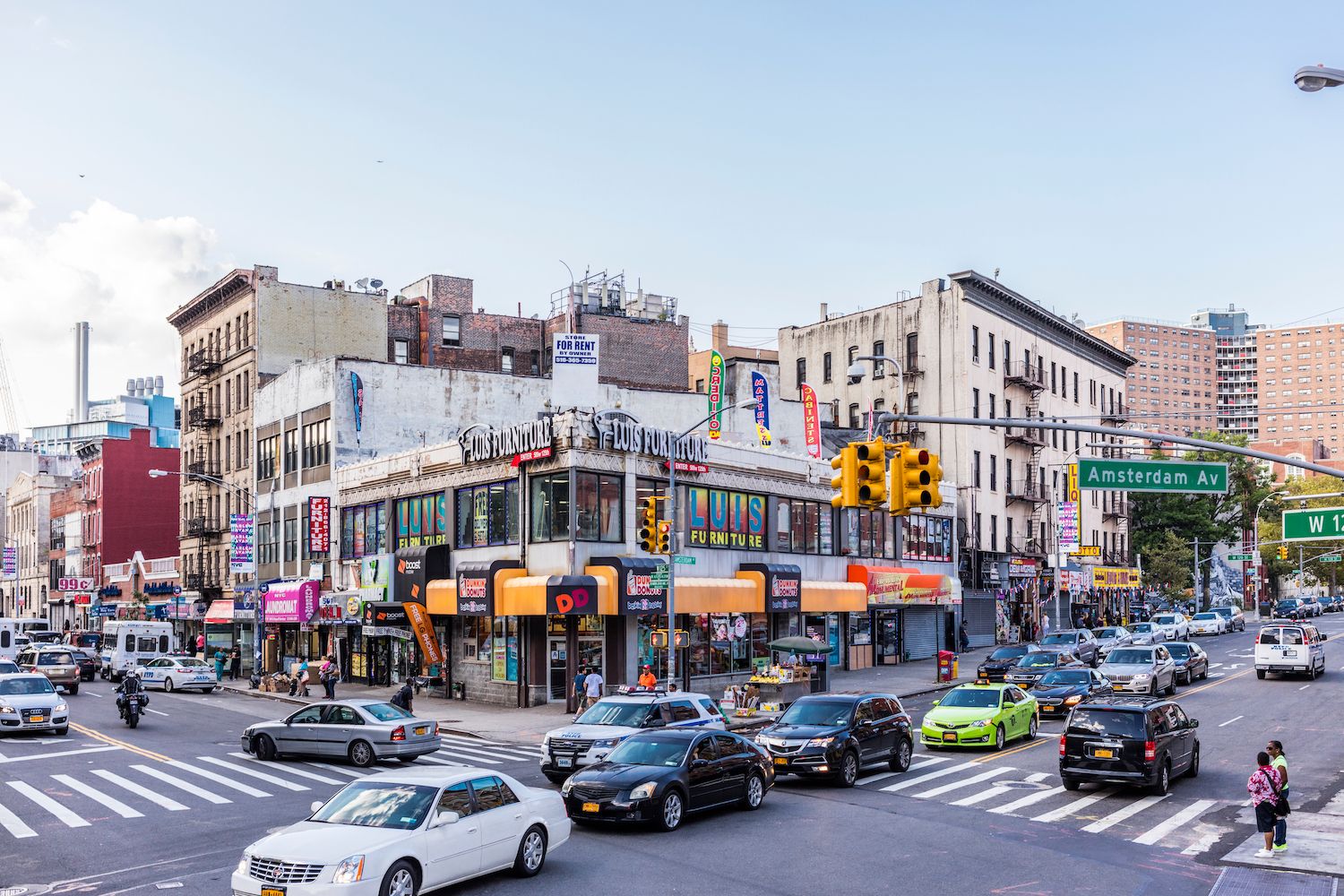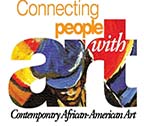Harlem began in 1658 as a Dutch village founded by settlers who named it after the city of Haarlem, in the Netherlands. In 1873 the village was annexed to Manhattan. The annexed section was a 45-block area stretching from the north end of Central Park (110th Street) to 155th Street. At the time of the annexation, there were a few brownstones and apartment buildings often surrounded by undeveloped open fields. Harlem’s early days were marked by low property prices and ethnic diversity which included Dutch, Italian, and Jewish residents, before becoming African American.
In 1900, the African American population in Manhattan stood at 36,246 in a city which had 3.4 million people, about half of whom were foreign-born. In the early 1900s, migrants from the South and West Indies arrived in Harlem. Also, middle-class African Americans moved uptown from the San Juan neighborhood which had previously been the center of Manhattan’s Black community.
Initially some white residents resisted the influx of Black residents. Despite facing discrimination, Black people moved into apartments in the neighborhood south of 135th Street. Some owners did not allow leases to Black families, and rent increased to deter other African American residents. Some anti-racist white owners, however, sold or leased to Black residents. Also in 1904, Philip A Payton created the Afro-American Realty Company to help Black people become Harlem residents.
During the Great Migration (1915-1920), the Black population of Harlem grew from 50,000 to 175,000. By that point Harlem had become the single largest Black urban neighborhood in the United States. New organizations like the National Association for the Advancement of Colored People (NAACP), the National Urban League (NUL), and the Universal Negro Improvement Association (UNIA) all competed to shape the community’s social and political landscape. In 1919 George Wesley Harris, a Harvard graduate, became the first Black Alderman elected from Harlem.
By 1922 most white residents had left, and many major Black churches relocated to Harlem including Abyssinian Baptist Church. For decades from the 1920s to the 1950s, it was the largest church by parishioner count, in the nation. The Apollo Theater, which began in 1913, had by 1934 become a major venue for Black musical talent.
During the 1920s Harlem was the center for Black artists who created the Harlem Renaissance. Marcus Garvey, Claude McKay, Arna Bontemps, Nella Larsen, Zora Neale Hurston, Paul Robeson, and Countee Cullen all contributed to the Renaissance. Alain Locke, the Harvard Ph.D known as the “dean” of the Harlem Renaissance, termed it “spiritual coming of age.”
Between 1930 and 1970, Harlem experienced significant economic and social changes, including declining employment for its residents, rising rents, and surging crime rates. Nonetheless by the 1960s artists turned vacant spaces into cultural hubs and activists ranging from Malcolm X to Congressman Adam Clayton Powell pushed for social change. Additionally, many Puerto Rican migrants settled in what is now Spanish Harlem.
In 1974 Harlem resident Percy Sutton, now Manhattan’s borough president, launched the first Harlem Week, designed to display the cultural arts and entrepreneurship that still influenced the community. Harlem Week included James Baldwin, Sidney Poitier, Ruby Dee, Maya Angelou, Tito Puente, and Max Roach. Actor Ossie Davis cut the ribbon at 138th Street and 7th Avenue in a ceremony renaming it Adam Clayton Powell Jr. Boulevard honoring the congressperson who represented Harlem from 1943 to 1970.
In 2024 Harlem has 199,222 residents. African Americans were still 57% of the population but because of gentrification, whites returned to Harlem and comprised 21%, the largest percentage since 1920. Latinos and Asian Americans comprise the rest of the population.
Do you find this information helpful? A small donation would help us keep this available to all. Forego a bottle of soda and donate its cost to us for the information you just learned, and feel good about helping to make it available to everyone.
BlackPast.org is a 501(c)(3) non-profit and our EIN is 26-1625373. Your donation is fully tax-deductible.
“50 years on, Harlem Week shows how a New York City neighborhood went from crisis to renaissance,” https://www.ap.org/; Jervis Anderson, “Harlem—II,” https://www.newyorker.com/; Kevin McGruder, “The End Of The African American Welcome In Harlem, 1904,” https://www.gothamcenter.org/.

